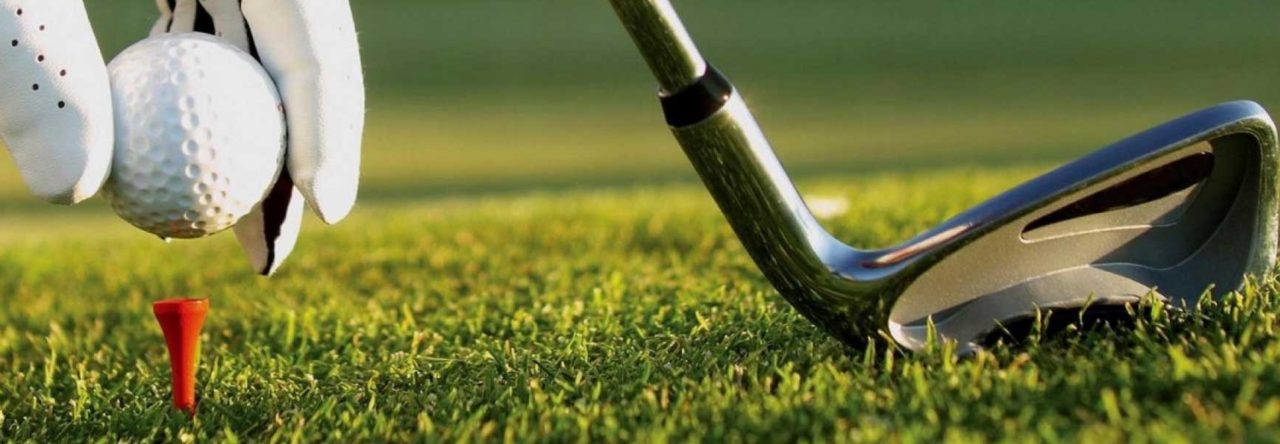Right before you step onto the first tee you’re immediately faced with make-or-break decision for your round. What golf tees should you play from?
On one hand, playing from tees too short can make the game too easy or limit the variety of shots you hit. On the other hand, however, playing from tees that are too long can make the game too hard or frustrating.
So which tees should we be playing from?
The Golf Academy has teamed up with Francesco at My Golf Heaven to help provide you that answer.
Which golf tee box should you play?
Terms like senior tees or lady tees might give the impression they are only suited for seniors and lady golfers. That reputation is undeserved, in our opinion! Forget your ego and hitting more greens by playing shorter irons on your approach shot.
There are different methods to figure out which tee box you should play. We’ll be looking at the two most popular ones.
Preferred method
Use the data provided by the PGA and USGA forward tee initiative. This initiative serves to educate recreational golfers to play from the correct tee box, based on their driving distance. Here’s a table for reference:
| Driving Distance | Recommended Course Length |
| PGA Tour Pros | 7,600 – 7,900 Yards |
| 300 Yards | 7,150 – 7,400 Yards |
| 275 Yards | 6,700 – 6,900 Yards |
| 250 Yards | 6,200 – 6,400 Yards |
| 225 Yards | 5,800 – 6,000 Yards |
| 200 Yards | 5,200 – 5,400 Yards |
| 175 Yards | 4,400 – 4,600 Yards |
| 150 Yards | 3,500 – 3,700 Yards |
| 125 Yards | 2,800 – 3,000 Yards |
| 100 Yards | 2,100 – 2,300 Yards |
The idea here is to leave you an approach shot of no more than 170 yards on Par 4 holes. You might be surprised at these numbers. Considering that the average driving distance of a male amateur golfer is 225 yards, we can assume that most people should play the more forward tees.
Having fewer yards into the green allows you to play shorter irons. These usually are easier to hit, and you’ll be more accurate.
Other methods
Another popular method to calculate which tee box you should use is to multiply your driving distance by 28. That gives you a rough estimate of the course length best suited for your game.
While this method works, it’s not always the most accurate. Another valuable option to the data provided above, is to look at the average distance you hit a 5-Iron.
Here how to pick a tee box based on your 5-Iron distance:
| 5-Iron Distance | Recommended Course Lenght |
| 200 Yards | 7,200 Yards |
| 190 Yards | 6,840 Yards |
| 180 Yards | 6,480 Yards |
| 170 Yards | 6,120 Yards |
| 160 Yards | 5,760 Yards |
| 150 Yards | 5,400 Yards |
| 140 Yards | 5,040 Yards |
| 130 Yards | 4,680 Yards |
| 120 Yards | 4,320 Yards |
| 110 Yards | 3,960 Yards |
| 100 Yards | 3,600 Yards |
Similar to before, you might recognize that the usual tees you play are a bit too long for you.
What clubs should you use to tee off?
Again, Francesco recommends you should leave yourself an approach shot of 170 yards or under into the green. Based on that and the hole’s layout, you’ll decide whether you should use a driver, 3-Wood, or an Iron off the tee.
Many golfers automatically default to the big stick on every hole. But the length of the hole is not the only thing that’s important for scoring well. Being accurate often trumps hitting it long, but in the rough (or worse).
Accuracy and ball-striking off of the tee have always been critical parts of scoring well and both of us agree that missing the fairway is one of the most common ways golfers throw away strokes on the course.
The benefit from playing off the correct golf tees
The PGA & USGA forward tee initiative surveyed recreational golfers after changing to their correct tee box. Here are the results.
- 56% of golfers played faster
- 56% are likely to play golf more often
- 83% hit higher-lofted clubs into greens
- 85% had more fun
- 93% decided to tee it forward again
The numbers don’t lie! Give it a try and enjoy your next round of golf even more by playing from the correct tee boxes!
We are sure you’ll have an enjoyable experience and a score lower. If you do, let us know down below in the comment section. And if you’re interested in reading more tips from My Golf Heaven, click here.



